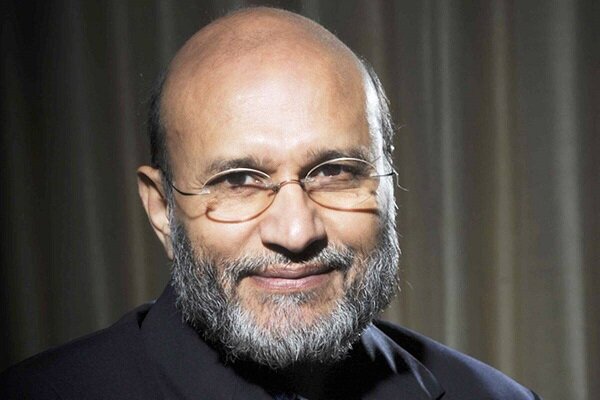Tehran, Delhi can play pivotal role to stabilize Afghanistan: Indian academic

TEHRAN – An Indian professor says that India and Iran can cooperate to have a regional role in establishing peace in Afghanistan.
"Asian emerging powers can have a regional role,” Santosh Mehrotra tells the Tehran Times.
Mehrotra added, “This regional role might emerge if there was a strong role of Iran and India in a transition to peace and progressive development in Afghanistan. However, the Taliban's whole effort would be to prevent that, so that they can keep the support of Pakistan.”
“Both Iran and India can be forces for good in Afghanistan, where peace and development will benefit all the people of Afghanistan,” the visiting professor in the center for economic development at the University of Bath notes.
Following is the text of the interview:
Q: How is the Indian economy considered at the global level? Many criticize India for developing at the cost of poor people.
A: This is true, since 2013, not before that (and can still be reversed with better policies). Since 1973, the share of people below the poverty line had been falling for 30 years (from 54.9 to 27.5%), but the absolute number of poor remained almost the same (321 to 301 million), because of population growth.
However, from 2004 to 2012, on account of rapid economic growth, the absolute number of poor fell sharply. About 140 million emerged above the poverty line (which had been revised upwards), so that is an unprecedented achievement. However, that process has been reversed since 2013, on account of the slow growth, and the drop in the rate at which new non-farm jobs have been created since then. Unemployment had reached a 45 year high in 2018. The economy's contraction during Covid was much higher than for the rest of the world (-7.3% as opposed to -3.3%). As a result, poverty has grown, while joblessness has grown even further.
With changed policies, this retrogression can be reversed.
Q: How can India balance its economic rise amid the China-U.S. row in Asia?
A: This balancing act for India would have been easier if China's rise as an economic and military power was accompanied by less, not more, aggressiveness in international affairs. But China's behavior has become more aggressive in many dimensions in Asia (and the world). India was left with little choice to joining with the Quad (U.S., Japan, Australia, India). China's entering Ladakh territory in 2020 totally disturbed the border equilibrium between India and China prevailing for decades.
Q: How do you describe India's economic ties with Iran?
A: India and Iran have historically enjoyed very close and warm relations. This has been evident in the long-standing economic relations, especially, India's long agreements to import Iran oil. U.S. sanctions against Iran have queered this pitch, unfortunately. Nevertheless, India still pressed ahead with the agreement on the Chabahar port development project. With the 2020 election result in the U.S., the likelihood of U.S. sanctions on Iran continuing may diminish. This will again enable a further deepening of the Indo-Iran ties, which have centuries-old and deep historical roots.
Q: Do you think that Asian emerging powers like Iran, Turkey and India can form a coalition?
A: Asian emerging powers can have a regional role. This regional role might emerge if there was a strong role of Iran and India in a transition to peace and progressive development in Afghanistan. However, the Taliban's whole effort would be to prevent that, so that they can keep the support of Pakistan.
Both Iran and India can be forces for good in Afghanistan, where peace and development will benefit all the people of Afghanistan.
Q: What are the effects of COVID 19 on the Indian economy? Do you predict a recovery in the short run?
A: We have seen the worst contraction of the Indian economy over the fiscal year 2020-21, and the second wave in 2021 has left the economy reeling again. At best recovery in FY 2021-22 will only be such as to return India's GDP to 2019-20 level, but because population grows at 1% per annum, per capita income will still be at 2017-18 level this year. As a result, poverty is increasing. At the same time, inequality is increasing.
India will be able to return to no more than 5% per annum growth from 2023 onwards, provided all the target population (940 million) are vaccinated with two doses before the end of 2022. That is possible for India to achieve since it is the world's largest manufacturer of vaccines.
Leave a Comment